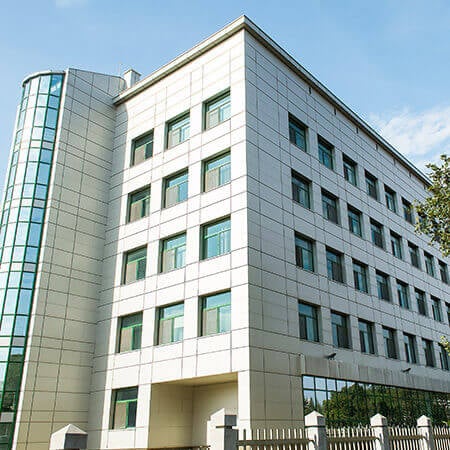About the disease
Shoulder impingement syndrome is a condition whereby the shoulder becomes inflamed and swollen. It develops when a person regularly partakes in strenuous activities that involve lifting the arms above the head, such-as painting ceilings, lifting and swimming. Shoulder impingement can also develop because of genetic bone abnormalities.
This disease develops gradually. At first pain is mild, but eventually it becomes more and more severe to the point where the sufferer cannot move the shoulder. If not treated in time, it can result in bursitis and rotator cuff tear, where the shoulder joints become worn out and damaged.
Another common complication is tendinitis. Shoulder impingement is most common in young athletes under 25 years of age. It usually manifests first as an inflammation or hemorrhage in the rotator cuff. The sufferer is unable to move their hand freely because of the disruption to the flow of blood and swollen muscles affected by damaged joints.
There are practically 3 stages of this syndrome:
- During the first stage, the damage caused by impingement is reversible and can be treated. This condition usually responds well to conservative treatment.
- During the second stage, the sufferer develops such conditions as tendonitis and inflammation becomes acute. At this point, the patient needs to be operated on the shoulder joint to remove the shoulder mobility.
- If the condition reaches the third stage, the patient will experience complete disruption of the rotator cuff, which may need to be surgically removed and replaced with an artificial rotator cuff. Almost 60% of patients suffering from shoulder impingement are over 40 years of age and in the remaining 40% it is caused by repetitive strain injury in the workplace or as a result of an accident.
Symptoms
- Pain in the arm
- Inability to lift the arm
- Numbness or shooting sensation in the shoulder
- Loss of bicep muscle strength
- Irritation
Diagnosis
- During a general examination at the doctor’s surgery, the patient will be asked to move their arm to find out where the pain is concentrated. Such an examination also allows the doctor to determine how much mobility the patient has in their arm.
- An X-ray of the shoulder will reveal if there is a problem with the rotator cuff.
Treatment
- An arthroscopy is a common treatment method for shoulder impingement. It is a less invasive surgery, performed with the help of a device called an arthroscope, which is inserted into the shoulder with several incisions. It is more effective than open surgery, as it allows the surgeon access to the damaged cartilage without making a big incision. An arthroscopy also allows the surgeon to repair the torn surface of the cartilage during its further reconstruction.
- Open surgery is also used to repair shoulder impingement, although it can create a greater trauma to the connective tissue.
- Implantation of an artificial rotator cuff is used in progressed stages of shoulder impingement.
Surgery for this syndrome is usually successful and you will be able to regain normal use of your arm.
Authors:
This article was edited by medical experts, board-certified doctors Dr. Nadezhda Ivanisova, and Dr. Bohdan Mykhalniuk. For the treatment of the conditions referred to in the article, you must consult a doctor; the information in the article is not intended for self-medication!
Our editorial policy, which details our commitment to accuracy and transparency, is available here. Click this link to review our policies.














